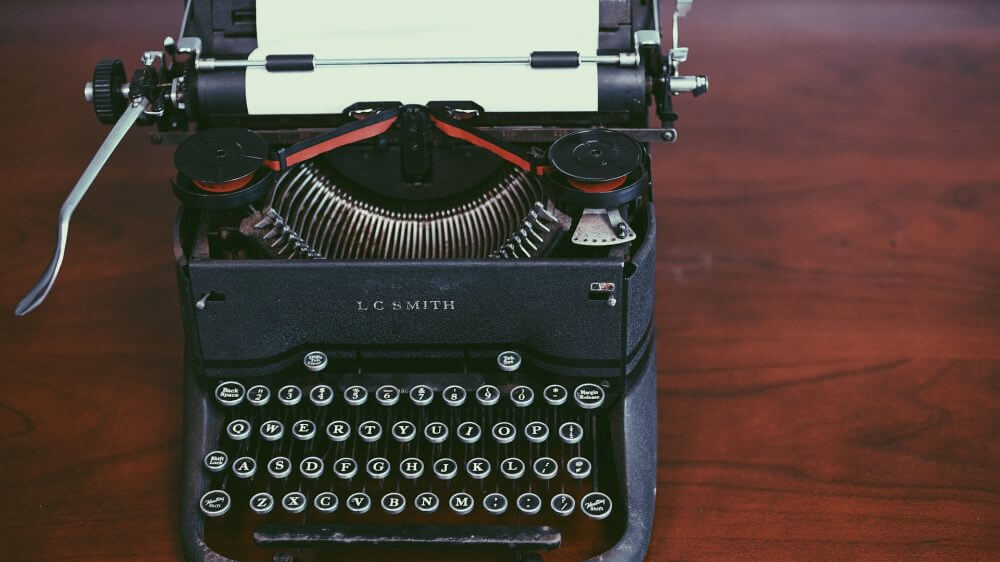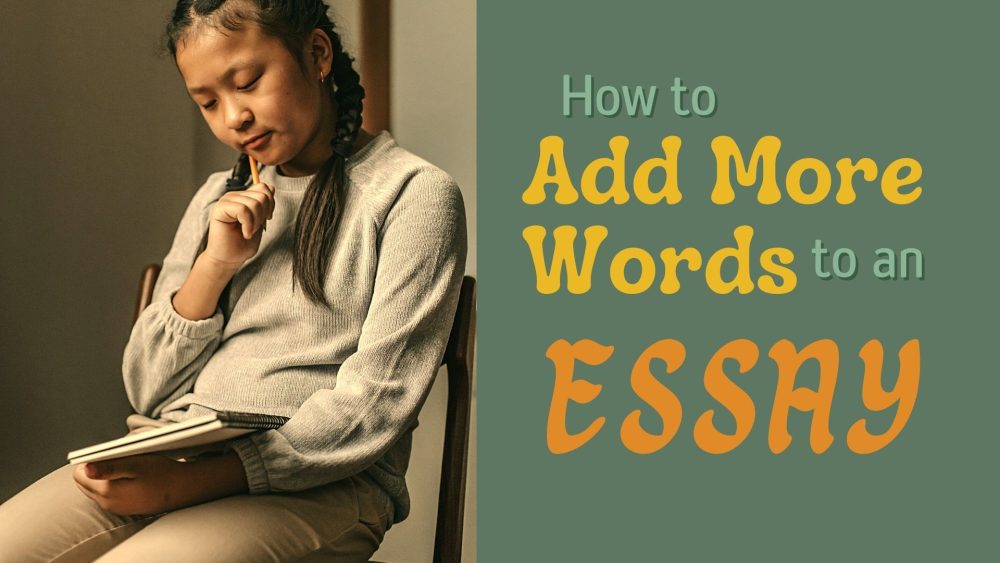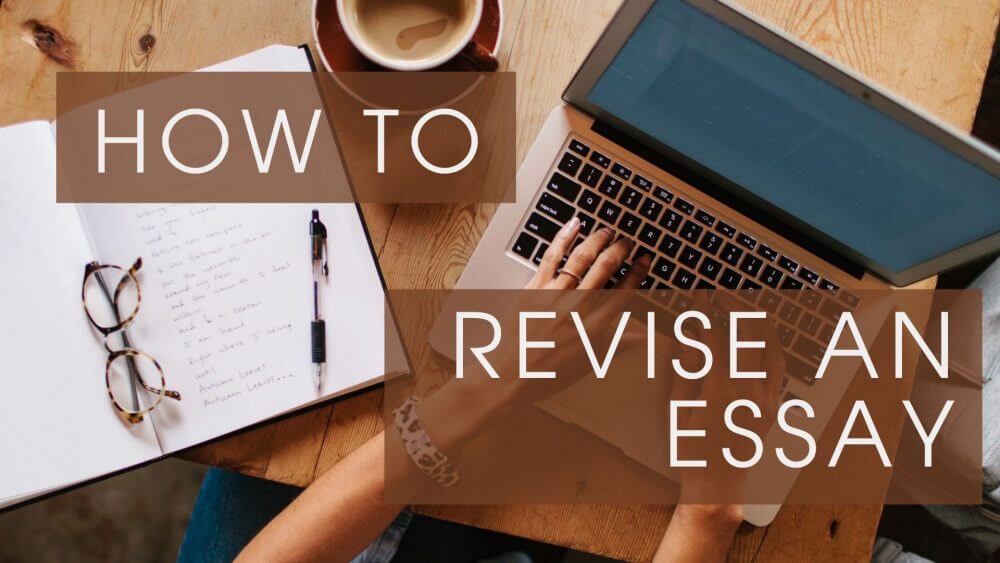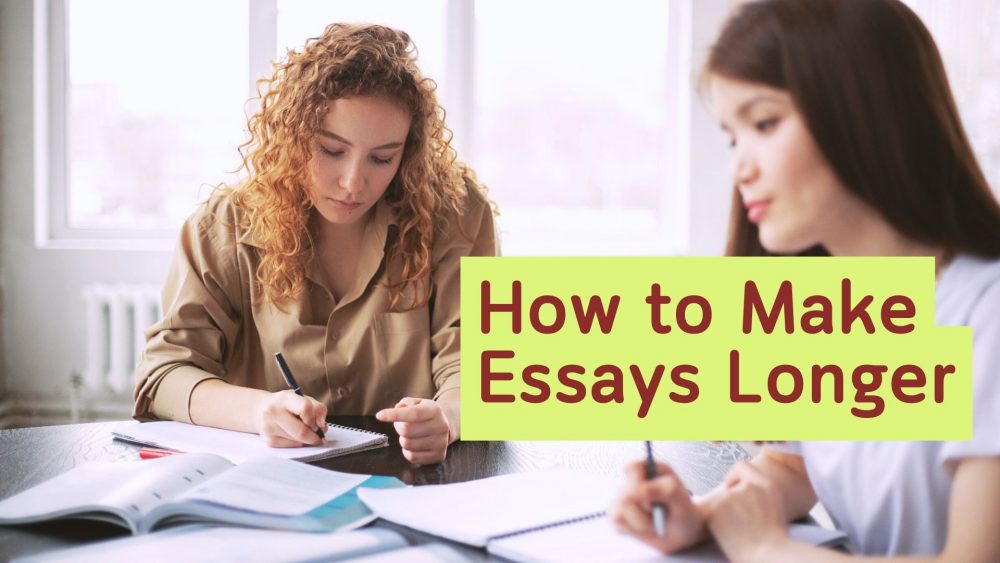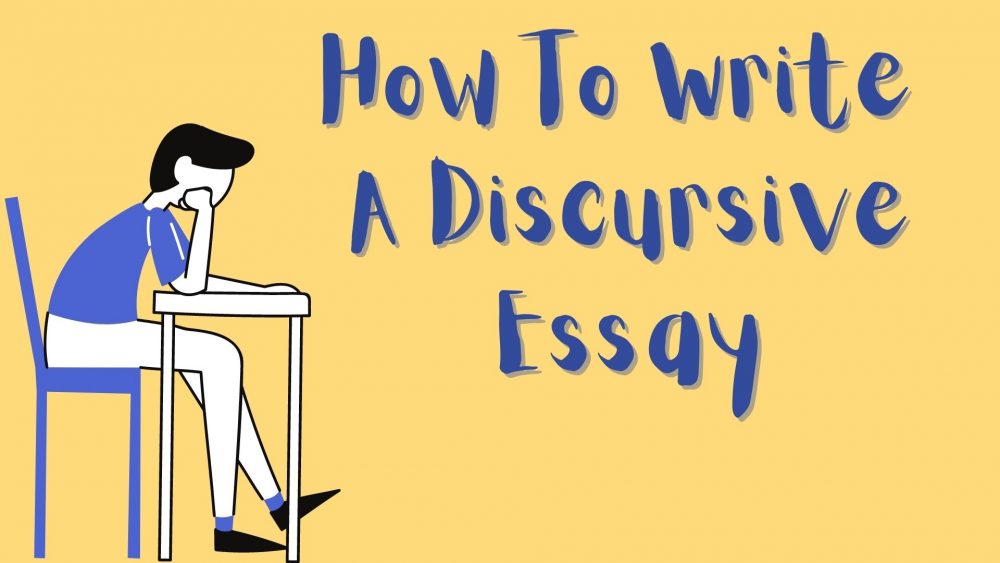Knowing when to start a new paragraph is very important because it ensures that your written work always flows logically. People find it a paper or essay that has clear paragraphs easy to read and understand. But, how do you know where to break a paragraph and start a new one? Well, learning how to divide a story or an essay in several paragraphs can be confusing. However, it’s important for the overall structure and readability of your work.
Unfortunately, nobody may ever share the basic rules of starting a new paragraph and ending it. As such, you might have to muddle along and come up with the rules. But, paragraphs are very important for essay and story readers.
A new paragraph tells the reader that you are switching the topic, place, time, or speaker. They also help in breaking a page to avoid a solid block of text. This ensures that readers do not get bored with your writing. So, when do you start a new paragraph? Here are some of the instances where you should start a new paragraph.
Start a Paragraph with However when Shifting Focus
When writing a story or essay, you may want to shift focus to something else or another character. That’s the time to move to another paragraph starting with “however”. This is particularly important when your story has several POV characters or when you want to show the other side of the story. But, even when your story has one POV character, first-person or third-person, you will still shift focus to a different character when they perform some actions or speak. Thus, anytime you want to shift focus, that’s when to make a new paragraph.
Start a New Paragraph when Shifting Narration to a Different Character
This may seem similar to the previous one. However, it specifically relates to the narration of an author. When writing in third-person, you can use transition words for new paragraph to inform readers that you’re showing them the inside of another person’s head. Some people prefer sticking to a single narrator throughout the scene. However, a writer can switch to another POV character with each paragraph when writing omniscient.
When Something Happens
There may be no guidelines on when to start new paragraph. However, you should start one when something happens and interrupts your narration or what a character is doing. For instance, a door can fly open or window can slam shut. A driver can honk a horn or somebody can scream. Anytime such things happen, that’s when to start a new paragraph in a story.
When the Setting Changes
In most cases, a new chapter or a page starts when the setting changes. That’s starting a paragraph when setting changes can be tricky. Nevertheless, when local changes in the setting occur, that’s when to start a new paragraph. For instance, when a character gets into a car or steps outside, you can show this change in setting with a symbol for new paragraph.
When Time Passes
A story can make a sudden move to several years into the future. That’s when to start a new paragraph in fiction although it might be better to start a chapter in some cases. A new paragraph works better when some actions require a little time that requires a few sentences to display.
When Characters are making Decisions
Do you start a new paragraph after dialogue or a monologue? That’s the question many authors ask when showing readers that a decision is being made. Nevertheless, a new paragraph should be made when characters face a dilemma that requires them to make tough choices. Using a new paragraph symbol in a story shows that a character is in a dilemma.
Once the character has decided, the decision and follow-up actions should be introduced in a different paragraph. New paragraph transition words should be used to ensure a smooth and logical flow of the story.
Writing an Academic Paper or Essay
When do you make a new paragraph when writing an academic paper or essay? Well, there are many instances when you should create a paragraph in your academic essay or paper. They include:
- When starting the paper or essay
- When starting the conclusion
- When using dialogue for the first time or a new person starts to talk
- When introducing a new idea, point, direction, or focus
When told to write academic papers, many students ask our best essay writers, ‘When do I start a new paragraph without losing the logical flow of thoughts and ideas?’ Well, each paragraph should address a single point or idea. What’s more, you should know how to start a paragraph in your writing to ensure a smooth transition and flow from one point to another.
Some people know different ways to start a paragraph. But, when should you start a new paragraph? Essentially, there are different instances when a new paragraph should be started in any form of writing. Without knowing these instances, your writing won’t be effective even if you know the best way to start a paragraph. This guide has highlighted some of the major instances when a new paragraph should be started.
